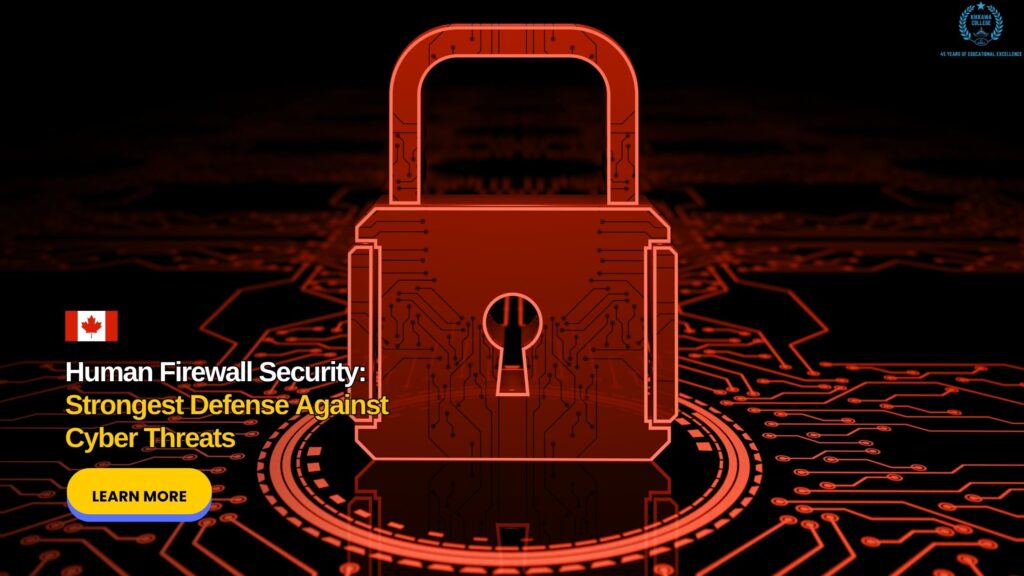The Human Element in Cybersecurity
We often imagine cybersecurity as firewalls and complex code. However, these technological solutions share a fundamental weakness: people. In fact, the human element is both the most critical and most vulnerable link in any security chain. Therefore, building a strong “human firewall” is a strategic priority for modern cybersecurity professionals.
Why Social Engineering Succeeds
Most successful cyberattacks start with social engineering. Essentially, this is psychological manipulation that bypasses technical defenses. Common examples include:
- Phishing emails mimicking trusted sources
- Urgent messages creating a false sense of emergency
- Requests that exploit human trust and willingness to help
Ultimately, these tactics succeed because they target innate human behaviors rather than technological vulnerabilities.
Building Your Human Firewall
Consequently, cybersecurity professionals must become educators and culture-builders. Effective human firewall security involves:
- Engaging Training: Regular, relevant sessions that teach threat recognition
- Clear Reporting: Creating safe channels for reporting suspicious activity
- Shared Responsibility: Fostering collective ownership of security practices
Designing Security Around Human Behavior
Furthermore, understanding psychology helps create effective policies. Key strategies include:
- Least Privilege Access: Limiting user permissions to essential functions only
- Multi-Factor Authentication: Adding extra verification layers beyond passwords
- Behavior-Based Protocols: Designing systems that account for human habits
The Future of Organizational Security
As a result, modern cybersecurity training addresses this complete picture. Specifically, professionals learn to combine technical knowledge with communication skills and psychological insight. Ultimately, the goal is clear: transform employees from potential security risks into an organization’s most powerful defensive layer.






